As Britons wait to see coffin, ‘The Queue’ takes on a life of its own
The line that has snaked through London for days is already being studied by researchers, and even has its own weather forecast | WATCH THE TIMELAPSE
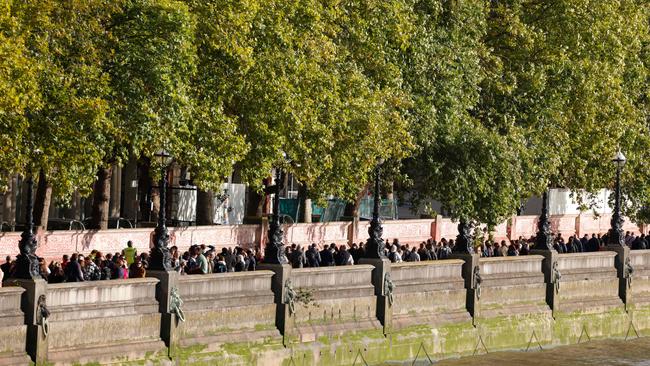
It’s now just called The Queue, with capitals. It has drawn soccer star David Beckham and even a visit from King Charles III and his son Prince William.
For days, hundreds of thousands of Britons and visitors have joined the long line, known in the U.K. as a queue, to see the coffin of the late Queen Elizabeth II. They have come from around the country — some from even around the world — braving sleepless nights, cold temperatures and a wait that at one point hit more than 24 hours.
But what started as a way for visitors to grieve and pay their respects to the country’s longest-reigning monarch has now taken on a life of its own. The Queue is already being studied by researchers. It’s been the subject of countless online jokes, while #LongLiveTheQueue has proliferated on Twitter. News channels keep breaking away for updates about the line, and BBC Weather this weekend put out its own forecast for The Queue, as if it were its own city.
In a city filled with tourist attractions, The Queue has become an attraction in itself, drawing thousands of locals and tourists alike to walk up and down the River Thames and marvel at the line.
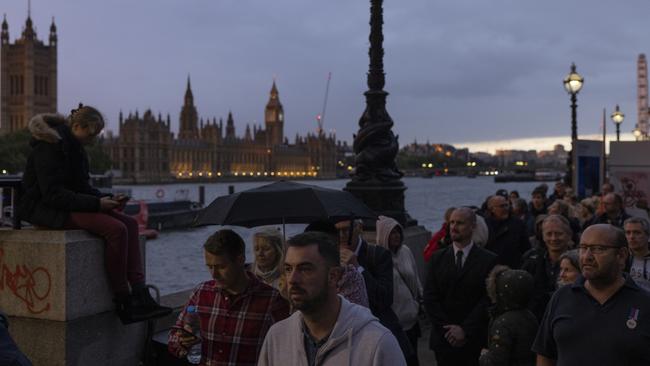
“It’s become a phenomenon in and of itself,” said Rob Johns, a professor of politics at the University of Essex, who has been conducting a survey of people in the line to better understand their demographics and motivations. “I’m sure while people say the moment of [seeing the queen’s coffin] is hugely important, I think they’d say that queuing is not just a means to an end.” In a country that lost an empire during the queen’s 70-year reign and now faces perhaps its toughest economic times in a generation, there hasn’t been a lot for Britons to feel cheerful about lately. The death of a beloved monarch made it seem all the worse, the last living thread to a bygone era.
But The Queue has given many here a source of unexpected inspiration in a nation that prides itself on forming an orderly line. It’s not just about the line, of course, but what it says about British society: for many a rare moment of coming together and setting aside differences, of bearing up under hardship. The line has drawn together people from all walks of life and created unlikely friendships.
“I don’t particularly care either way about the Queen,” wrote one Twitter user, @curiousiguana. “But the queue? The Queue is a triumph of Britishness. It’s incredible.”
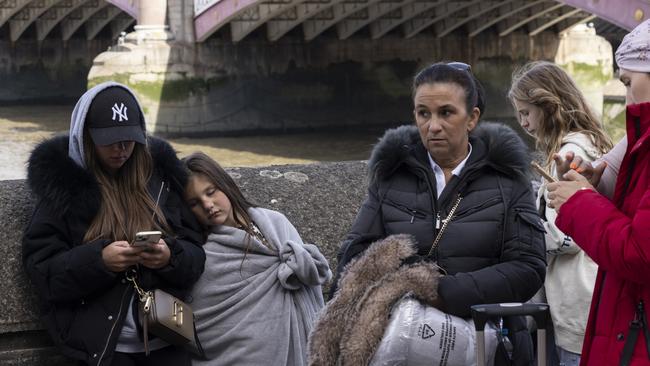
Paddy Farrell, 18, echoed that view as he stood in the line on Saturday: “It’s the most British thing ever, queuing up to see the monarch.” Well-wishers have been undeterred by the wait, continuing to turn out in droves even though the government temporarily paused new entrants into the line on Friday because it was getting too long. Rather than abandoning their plans, Britons did what they do best: They entered a separate queue to join The Queue.
The line reopened later Friday. Visitors joined at all hours through the night, bundled in scarves, hats and heavy coats, as the temperature dipped to roughly 40 degrees Fahrenheit and wind whipped off the Thames.
“It felt like the English thing to do,” said Gillian St. John, a 57-year-old from London, who had entered the queue with a friend shortly after midnight on Friday night, and quickly struck up friendships with the strangers around her. Plodding along together, the group took brief respites in folding chairs that they shared and wrapped themselves in blankets that were distributed to those waiting in line.
“We’re never going to see something like this again,” Ms. St. John said around noon on Saturday, nearly 12 hours after she had entered the queue, but still nearly a mile and a half from Westminster Hall, where the queen is lying in state. “I love the queen. And we’ve met such nice people.” Some 85% of adults surveyed in a YouGov poll this month believe Queen Elizabeth II was good for Britain. But queuing for such a beloved monarch is not for the faint of heart. The slow but perpetually moving line has made it difficult to sit, yielding swollen ankles and aching backs. Many participants came straight from their jobs Friday, leaving some by Saturday morning awake for longer than 30 hours. In a moment of desperation, some, like 18-year-old Maddie Bentham of central England, grabbed a little shut-eye on the embankment of the Thames.
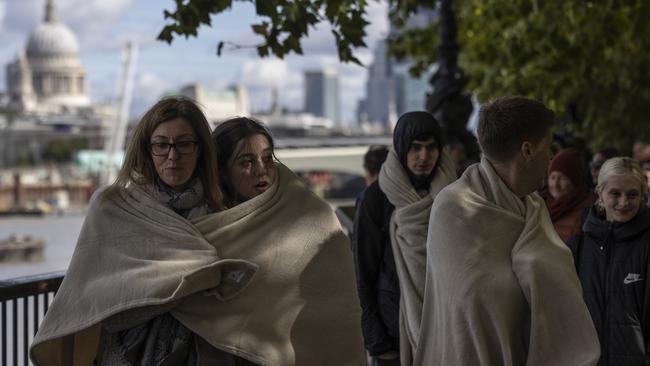
“I did have a bit of a nap on the wall” while her boyfriend waited in line, Ms. Bentham said. Still, she said, her grandparents deeply admired the queen, making it important to her to be there. “It’s nice to be part of the younger generation to do it.” Throughout the past several days, the line has largely remained orderly. To be sure, an online marketplace for wristbands — which are given to those waiting in line, enabling them to briefly leave — emerged, with some people listing used wristbands for sale for hundreds of dollars on eBay. But by and large, people, including Mr. Beckham, the soccer star, have put up with the long wait alongside everyone else, a rare moment of levelling in a world where the rich and famous often enjoy special access.

In a survey of about 400 people in line, Mr. Johns said he found that The Queue was fairly representative of the general population of Great Britain. His survey results also found that the top reason for why people joined the line was to say thank you to the queen, followed by wanting to be there for a historic moment. Asked what, if anything, people in line were honouring or mourning, the greatest number said they felt they had lost someone who had been around for their entire lives.
Kathy Whitehead, 76, and her 75-year-old husband, Terry, have lived the majority of their lives with Queen Elizabeth II as their monarch. So, they said, they had no choice but to come. They joined The Queue around 1:30am. Saturday, bundled in hats and thick jackets, with cheese-and-ham sandwiches and croissants in tow.
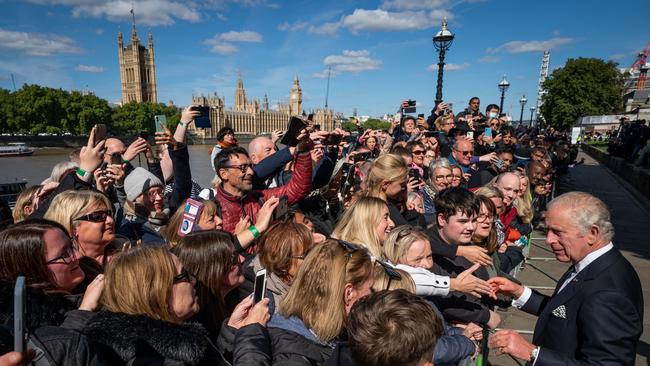
“Our daughter said we’re mad!” Ms Whitehead said, laughing. It wasn’t their first queue — both had waited for three hours in 2002 to view the queen’s mother’s coffin. Yet the longer wait on Saturday was worth it, Ms. Whitehead said, to honour a queen who was “dedicated to the end.” She said she expected to become emotional when she saw the coffin in Westminster Hall.
“She gave so much...name one person who’s worked to the age of 96,” Mr. Whitehead said.
“This is us giving a little bit back.” King Charles III and his son Prince William made a surprise visit on Saturday to the line, with Prince William apologising to some visitors for the long wait. By Sunday night, just after 10:30pm local time, the U.K.’s Department for Digital, Culture, Media and Sport announced that the queue was at capacity and no longer accepting new entrants. The queen’s lying-in-state will remain open until 6:30am. Monday, which will then be followed by her funeral later in the morning.
Cris Leyton, 37, and Marie Dupuis, 30, joined the queue shortly after it first kicked off Wednesday, hoping to beat the weekend rush. They entered around 7pm after they finished work. The time they finished? 3:45am. Thursday.
“At the end of it’s worth it,” said Mr. Leyton, who is Chilean and lives in London. “But there’s times of exasperation. We were like, ‘Should we quit now?’” Still, that didn’t keep them away on Saturday. Both returned to briefly accompany Mr. Leyton’s sister on the walk.
“It’s fun to be here knowing that you’re not actually doing this,” he said, laughing. “And to laugh a little inside, like, ‘You’re only just halfway!’”
The Wall Street Journal


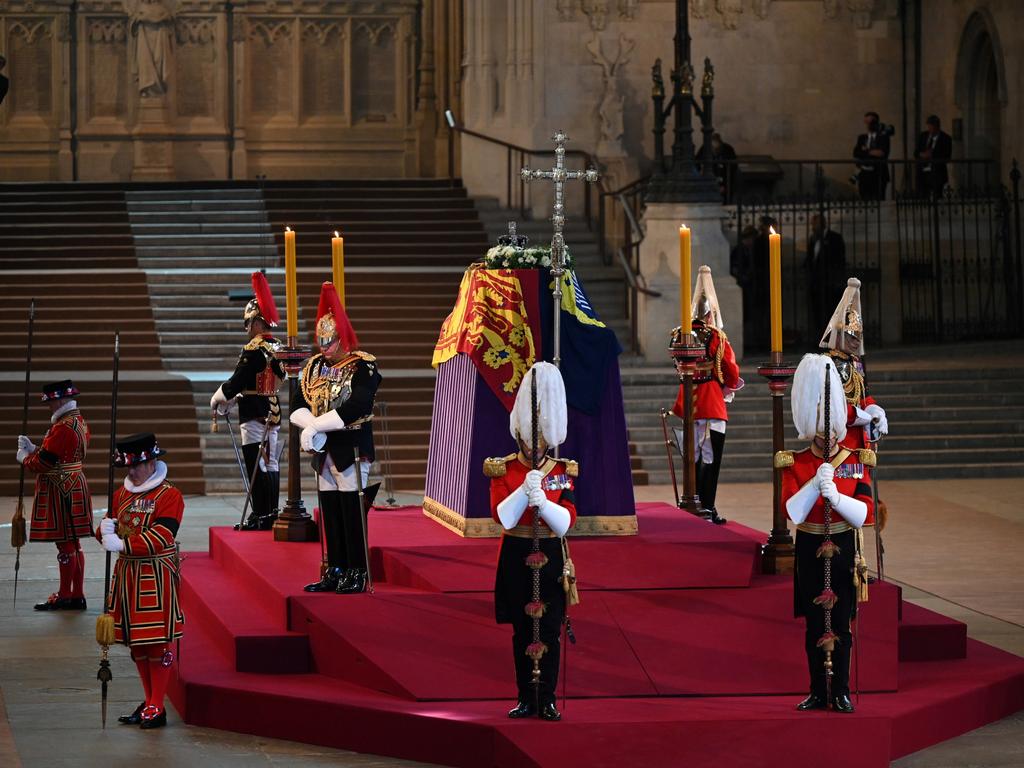

To join the conversation, please log in. Don't have an account? Register
Join the conversation, you are commenting as Logout